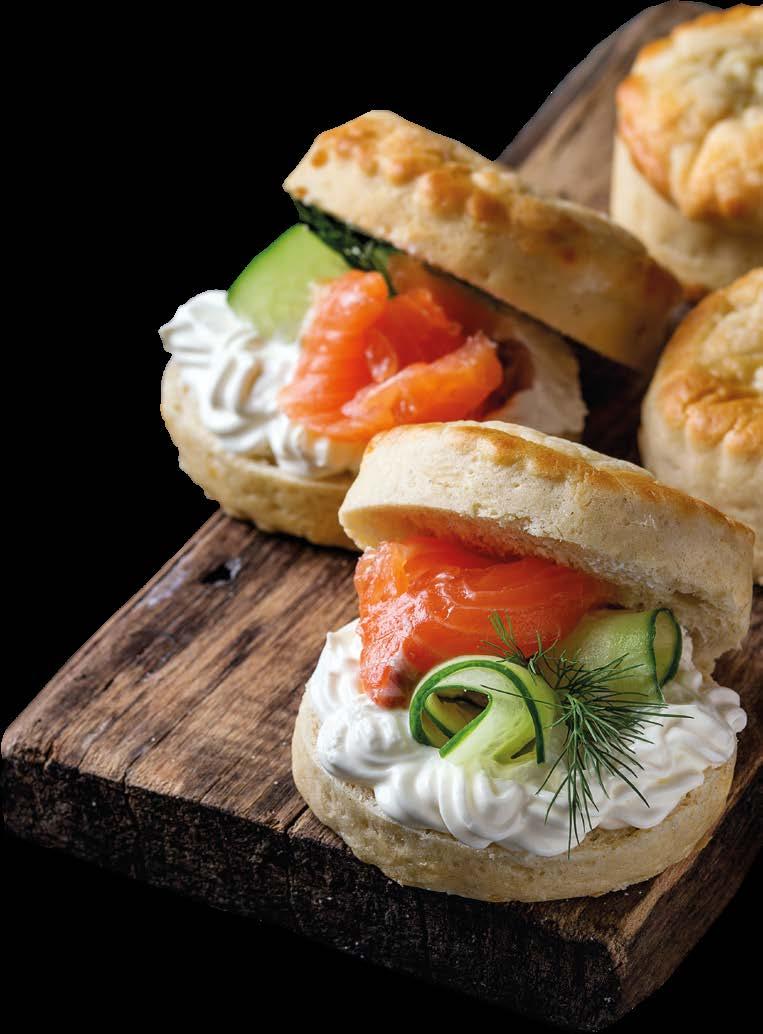
3 minute read
Around Britain | Buckingham Palace
from Kid 01 2020-2021
Buckingham Palace
If you’ve visited London, then you can’t have missed the most famous palace in the world. It stands very majestically at the end of the tree lined avenue ‘The Mall’. But did you know you can also go inside and visit this magnificent building? Let’s go on a ‘virtual tour’ of this iconic building in the heart of London.
Its origins Buckingham Palace has been around for quite a long time. It started life as Buckingham House and was originally built for the Duke of Buckingham in 1703. In 1761, it was bought by King George III as a private house for his wife, Queen Charlotte. It then became known as the Queen’s House. After some years, in 1837, it was bought by Queen Victoria as her official royal palace. From that year on, it has been the official London home of the British monarchy.
Decline During Queen Victoria’s era, the palace hosted many costume balls and musical events. The German composer Felix Mendelssohn played there a few times and also Johann Strauss played there when he was in London. However, after the death of her husband, Prince Albert, Queen Victoria left Buckingham Palace to go and live outside London in Windsor Castle. The palace was hardly 8
ever used and fell into decline until Victoria was persuaded by the public to return to her life in London.
Expansion During the 19th century the palace was expanded but the original Buckingham House makes up* the main part of the palace. Nowadays, the building consists of 775 rooms, including 19 state rooms and 52 royal bedrooms and guest rooms. The staff who work inside the palace occupy 188 bedrooms, 92 offices and 78 bathrooms.
Open House In 1993, Buckingham Palace was opened for th e first time to the general public and visitors can visit parts of the palace during the summer months until September. If you’re lucky enough you may be able to visit the palace as the Queen’s guest as she holds a large number of lunches, receptions and garden parties during the year with

more than 50,000 people attending every year.
Virtual Tours If you aren’t able to go to London in person and visit the palace, why not do it virtually. In fact, Buckingham palace is the first British landmark* to become part of an innovative virtual reality project in collaboration with Google.

and students can go on a virtual trip to the palace from their classroom or home, visiting the splendid rooms and interiors. To experience the tour in VR or 360 format, you can view through your YouTube app on a smartphone or for the best experience pop your smartphone into Google cardboard.
Virtual Reality Just in case you’re not sure what it is, we can define it as a ‘computer generated


simulation of a three-dimensional image that people can be interacted with in a seemingly real or physical way’. In order to do this, you need to use special equipment such as a helmet with a screen inside or gloves with sensors inside. The project is aimed at* schoolchildren
TV connections In the past few years, many TV series have been based around the lives of the Royal family such as The Windsors, Victoria, the Young Victoria and The Crown. Probably the most popular of these is the Netflix series ‘The Crown’ and although many of its scenes are set inside Buckingham Palace, none of it was filmed there but in other iconic British buildings such as Lancaster House, Ely Cathedral and Eltham Palace.
ANAGRAM
Despite newspapers and social media, it’s still tradition to post any news about Royal births and deaths on the gates of Buckingham Palace. But do you know who was the last royal baby to be born? Unscramble the anagram.
R I H C E A R S N H O R A I
The answer is on page 15. Do you know…? When the Queen’s own flag with the royal standard* is flying above the palace, that means she’s inside. However, when the Union Jack flag is flying above the palace, that means she’s not there but somewhere else.

Glossary
aimed at: is intended for landmark: a monument or building that is easily seen and recognised makes up: composes standard: (here) a flag representing the King or Queen






